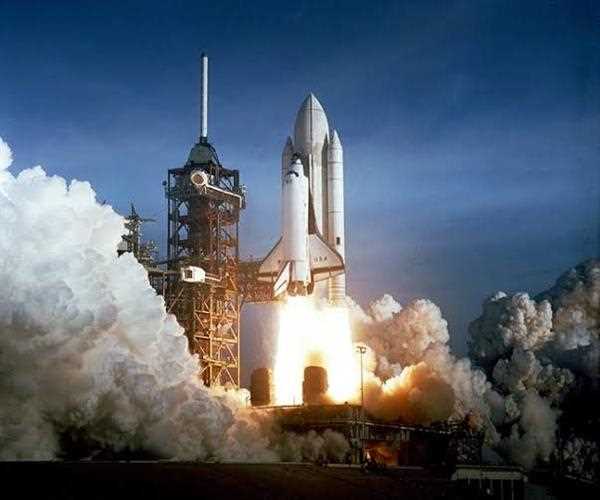The majority of people are familiar with NASA's Space Shuttle, which was the first mostly reusable space launch, orbiter, and reentry vehicle. However, because the external main fuel tank was not recovered, the Space Shuttle was only partially reusable. Both the orbiter, the recognisable shuttle aircraft, and the launch booster rockets were recycled. Despite 135 successful missions, there were tragic events, and the shuttle was ultimately grounded due to safety concerns.
Since the shuttle programme has come to an end, its rivals have figured out what constitutes a reusable spacecraft and the business concepts that make space travel economically feasible. This involves creating launch, orbital, and re-entry vehicles and systems that can be reused, repaired, and upgraded on a budget, sustainably, and safely. Reusing allows for a longer operational life while still amortising the significant initial cost.

Commercial space companies using reusable spacecraft have decreased commercial launch costs from the Space Shuttle's $54,500 per kg to $1,410 per kilo, for SpaceX's Falcon Heavy, as a result of embracing reusable techniques. Effective reusable launch, orbiting, and re-entry technologies have been developed by SpaceX, along with businesses like Blue Origin, Virgin Galactic, and Boeing.
Light metal alloys and light metals like aluminium are used in SpaceX's Falcon launch vehicles at key points in the rocket's architecture. This lightweighting approach significantly lowers costs and spacecraft durability, but it requires cutting-edge material research to be successful.
Space exploration's objectives are evolving. Currently, spacecraft must go farther into the solar system and complete more missions. In order to lower the cost of space missions, spacecraft must be reusable.